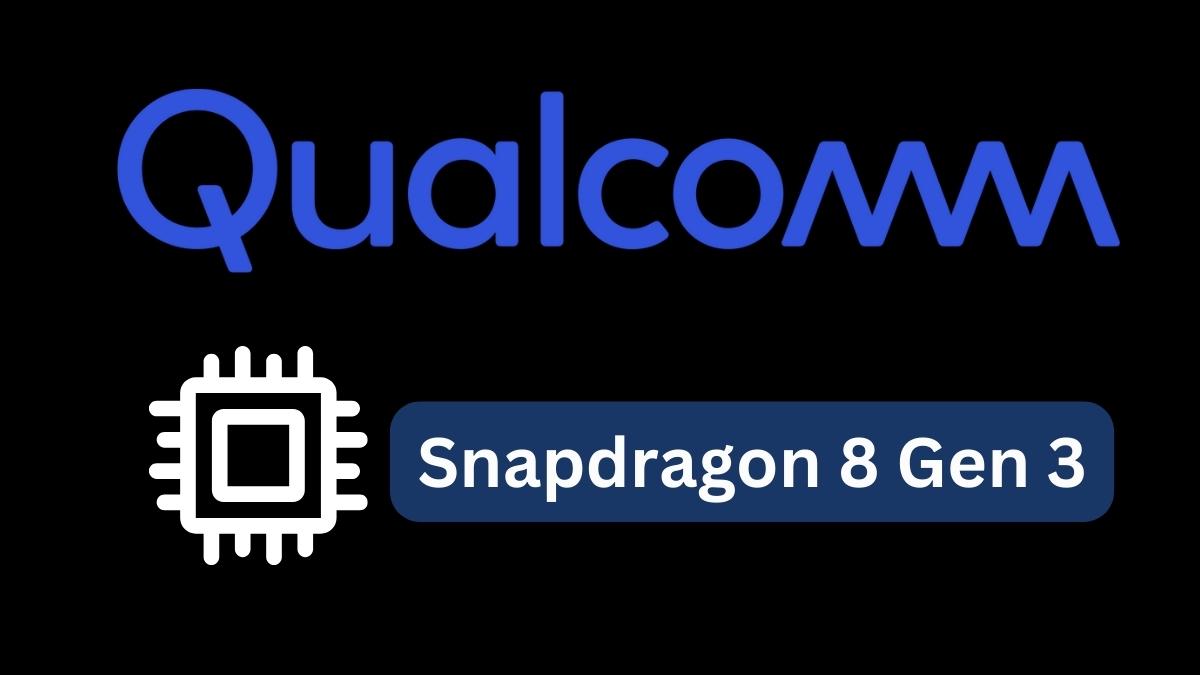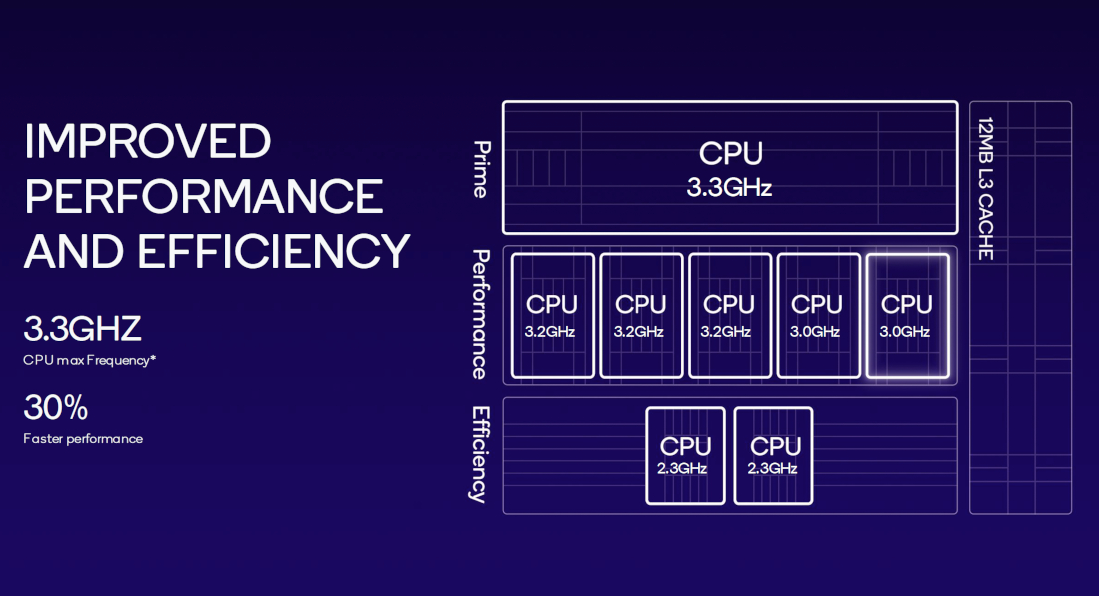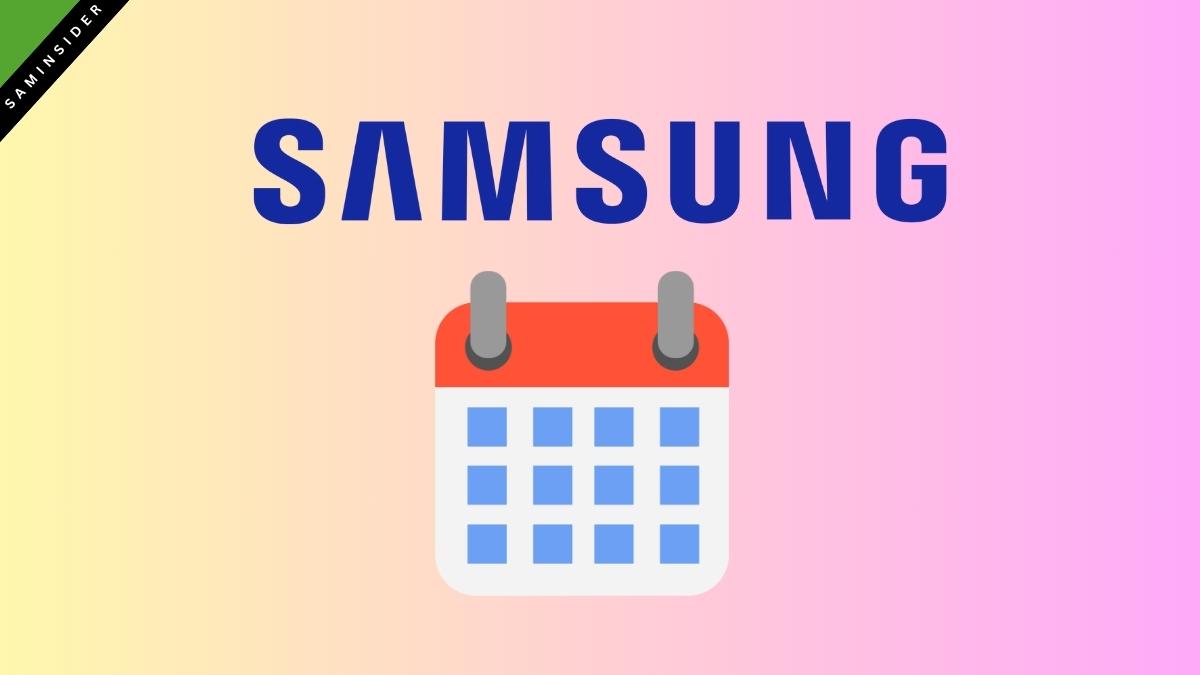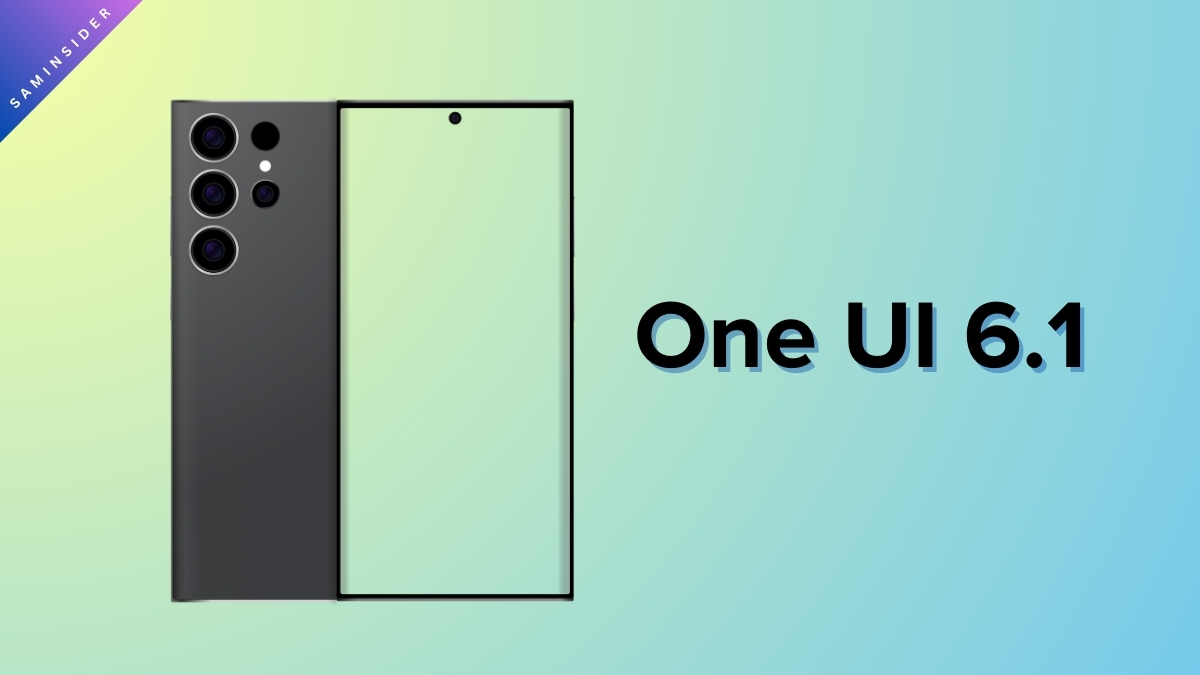Qualcomm introduced the 8 Gen 3 chipset at the Snapdragon Summit. The Snapdragon 8 Gen 2 was very successful, and the phones running this chip have the best battery life on the market. They also have cutting-edge GPUs with remarkable performance. Built on TSMC’s efficient 4nm node, the performance and efficiency are in perfect balance.
Qualcomm is taking this lead further with the Snapdragon 8 Gen 3 chip. They’re sticking to the tried and tested TSMC 4nm node, which is the right move. The 3nm node only has a 55% yield rate, has heating issues, and is much more expensive for questionable efficiency and performance gains. Qualcomm is better off sticking with a more reliable 4nm node, which works wonders for striking the right balance between performance and efficiency.
The Snapdragon 8 Gen 3 is already powering flagship devices from various manufacturers, including Samsung, iQOO, Xiaomi, OnePlus, and ASUS. More devices are expected to launch in the coming months.

List of Phones Released with Snapdragon 8 Gen 3
| Brands | Phones |
| Samsung |
|
| Xiaomi |
|
| OnePlus |
|
| Oppo |
|
| Realme |
|
| Asus |
|
| Honor |
|
| ZTE |
|
| iQOO |
|
About Snapdragon 8 Gen 3
The Snapdragon 8 Gen 3 is Qualcomm’s latest flagship mobile processor, designed to power the next wave of high-end smartphones. It packs significant improvements over its predecessor, the 8 Gen 2, focusing on three key areas: on-device generative AI, premium performance, and power efficiency.
The Snapdragon 8 Gen 3 features a powerhouse CPU built on a 4nm node. It packs a Kryo 785 CPU with 1x ARM Cortex-X4 prime core at 3.3GHz, 5x ARM Cortex-720 performance cores at 3.0-3.2GHz, and 2x ARM Cortex-520 efficiency cores at 2.3GHz, delivering a 30% performance boost over its predecessor while sipping 20% less power.
On the graphics front, the Adreno 740 GPU steps up with 25% faster rendering and improved efficiency. It’s also the first chip that works with Unreal Engine 5 Lumen. It can make games run smoother, even doubling the frame rate from 60 to 120 frames per second. And if you have a super fancy phone with a 240Hz screen, it can even handle games running at a crazy 240 frames per second.







